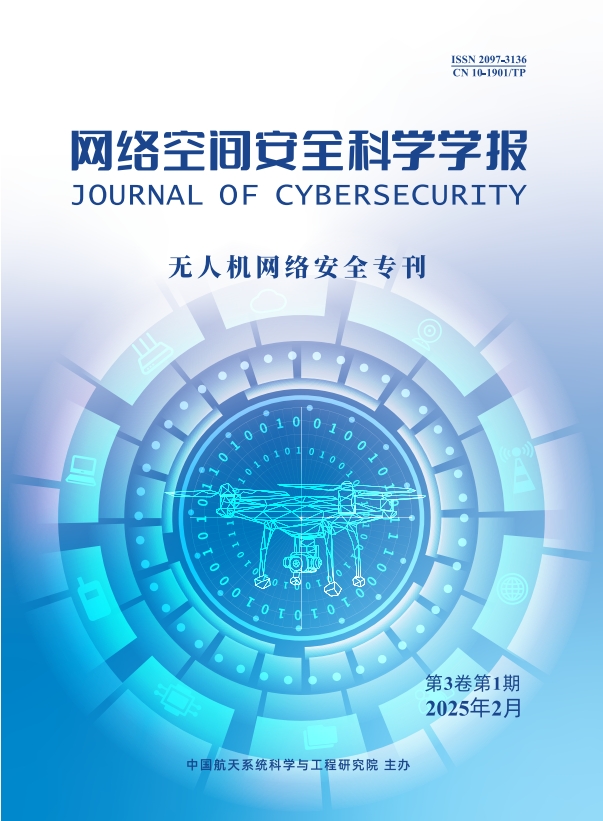Editorial Policy
Section 1 Review Process (Peer Review)
1. Preliminary Review
Upon receipt of the manuscript, the editorial office uses the "Academic Misconduct Literature Detection System (AMLC)" of CNKI to conduct a plagiarism check on the manuscript, requiring the text repetition rate not exceeding 10%. The editorial board conducts a preliminary review on qualified manuscripts for whether they conform to the aim and scope of the journal.
2. External Review (Peer Review)
The editorial board sends the manuscript to two peer reviewers for evaluation. This journal strictly adheres to the professional ethics of scientific journal editors and handles manuscripts fairly. A double-blind external review (peer review) mechanism is adopted, in which the editor does not disclose the names and affiliations of the authors and reviewers to each party. The evaluation focuses on the comprehensive assessment of the scientific nature, innovation, and application value of the paper's topic, the rationale of research design, and the accuracy of verbal expression, and a specific suggestion will be made. The review cycle is generally within 2 months, and the cycle from submission to publication is generally about 6 months.
When the review opinions are inconsistent, the manuscript is sent to a third expert for review. After the review of all manuscripts for an issue is completed, the executive editor-in-chief, responsible editor-in-chief, responsible editorial board member, and reviewers are invited to hold a final review meeting. On the meeting, all manuscripts including invited manuscripts for the issue will be reviewed again to ensure quality. The editorial office decides whether to revise, re-review, re-evaluate, or reject the manuscript based on the results and opinions of the external review (peer review).
Manuscripts passing the external review are sent to the editor-in-chief for final review, deciding whether to revise, accept, or reject the manuscript.
Since some manuscripts need second-round of external review, the status of "re-review" and "revision" may recur.
Section 2 Relevant Policies
1. Special Issues and Columns: The review process for special issues and columns follows the same procedure as the regular issues, including identical review and editorial processes, with the editor-in-chief making the final acceptance decision. The editor-in-chief is responsible for all content, including special issues and columns. For special issues or columns, authoritative experts in the field may be invited to serve as guest consultants, overseeing theme proposal, manuscript solicitation, peer review organization, and addressing any publication issues or columns under the editor-in-chief's supervision to ensure fairness in the review process.
2. Submissions by EBMs/Editors/Guest Consultants: Submissions by Editorial Board Members (EBMs)/Editors/Guest consultants must adhere to the journal's review and editorial procedures, ensuring independence from the involved individuals and their research groups. They cannot participate in reviews of manuscripts whose authors they have conflicts of interest with.
3. Correction and Retraction: After publishing, if there appears to be an unintended scientific mistake in the article which would not lead to significant impacts on the results and conclusion, the editorial department will publish corrections in the journal as soon as possible, and detailing the changes made to the original article. If severe scientific errors are found in published articles, or the article is suspected of academic misconduct, such as plagiarism and data falsification, the editorial department will issue a statement to inform readers of the risks, initiate an investigation and announce the final result, or even retract article with a retraction statement if necessary.
4. Appeal and Post-publication Discussions: If authors have objections against the review comments, they can file an appeal. Authors should write an "Appeal Letter" stating the manuscript serial number and send it to the editorial department. The letter needs to provide detailed reasons for the appeal, including a comprehensive and reasonable explanation responding to the review comments, and it must be stamped by the author's institution for validation. The editorial department will decide whether to accept the appeal as appropriate. We warmly welcome authors and readers to participate in discussions on our published articles. Comments can be sent to the editorial department, who will handle them promptly and provide feedback as necessary. Furthermore, the journal actively encourages readers and authors to engage in mutual supervision and offer feedback on pertinent information, aiming to cultivate a vibrant and positive academic environment. Appeal and post-publication discussions shall be sent to wlkjaqkxxb@spacechina.com.


